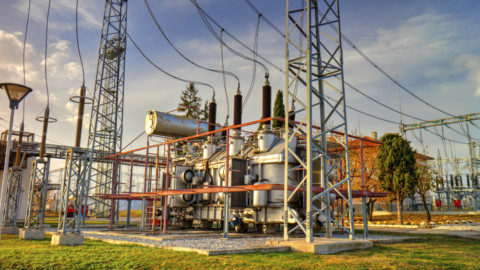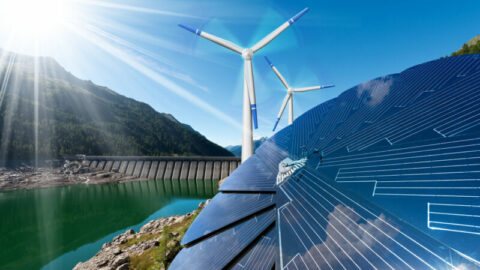$15.14 million in funding has been awarded to 16 solar PV panel efficiency research projects from the Australian Renewable Energy Agency (ARENA) to help address overall cost reductions and end-of-life issues.
The funding has been awarded to research teams from six Australian universities including the Australian National University, Macquarie University, University of Melbourne, University of New South Wales, University of Sydney and Swinburne University.
ARENA initially opened the application in December 2019 with a $15 million commitment. The round received over 50 applications with a total project value of over $150 million.
The two-year R&D projects will support solar PV in the following areas:
- Advanced silicon: improvements to the overall cost-effectiveness of silicon-based panels already in mass market production, and their production processes
- Tandem silicon: increasing the cost-effectiveness of silicon-based solar PV through the use of tandem materials
- New materials: development of new materials with the potential to either reach breakthrough cost-efficiencies, or the potential for new deployment applications
- End-of-life: new solutions, including upfront solar PV panel designs and end of life processing, that increase the cost-effectiveness of sustainable end-of-life management of solar PV panels
The 16 projects selected will strengthen Australia’s world-leading solar PV R&D sector that ARENA has helped establish through its previous funding.
This is the first time that ARENA has sought applications for addressing solutions to end-of-life solar PV issues. It is anticipated in excess of 50 full time equivalent positions will be created across the 16 projects.
In addition to end-of-life issues, selected projects will also aim to improve the efficiency and cost-effectiveness of solar PV for new or established applications and develop new materials with the potential to either reach breakthrough cost-efficiencies, or the potential for new deployment applications.
ARENA CEO, Darren Miller, said it was fantastic to see so much interest in the latest solar R&D round.
“We’re very pleased with the level of interest which is reflected in the great variety of projects across the priority areas, particularly in the Advanced Silicon field where Australia leads the world,” Mr Miller said.
“A key part of the funding round was finding a solution to the end-of-life of solar panels and we’re excited to see some interesting new research into this area.
“It’s an important part in our transition to renewable energy as we need to ensure that materials used in solar panels can be recycled or repurposed for future use.”
Minister for Energy and Emissions Reduction, Angus Taylor, said with around 12GW of small-scale solar PV systems and over 5.7GW of large-scale solar now installed in Australia, developing end-of-life options for solar PV panels is a priority to minimise future waste problems.
“Solar power is playing an increasing role in Australia’s energy mix,” Mr Taylor said.
“Australia is a world leader in the renewable sector, with around one in four Australian households having installed solar panels.
“Managing used solar panels at the end of their life is an emerging issue and why the Government is backing Australian researchers to find ways to improve the efficiency and cost-effectiveness of solar PV technologies while also reducing waste.”
Assistant Minister for Waste Reduction and Environmental Management, Trevor Evans, said that the volume of photovoltaic system equipment reaching its end-of-life is set to become one of Australia’s largest electronic waste streams in coming years.
“That’s why the Morrison Government is tackling this emerging problem using the best technology available, as part of our broader plan to transform Australia’s recycling and waste sector.”

















Establishing Australia as a or THE global specialists in recycling expired PV panels is a good thing to properly handle such waste..
Better that Solar isn’t contemplated for grid power and keep things simple by implementing the modern nuclear cycle and bring all the complexities, bandaid ‘solutions’ and waste to an end.